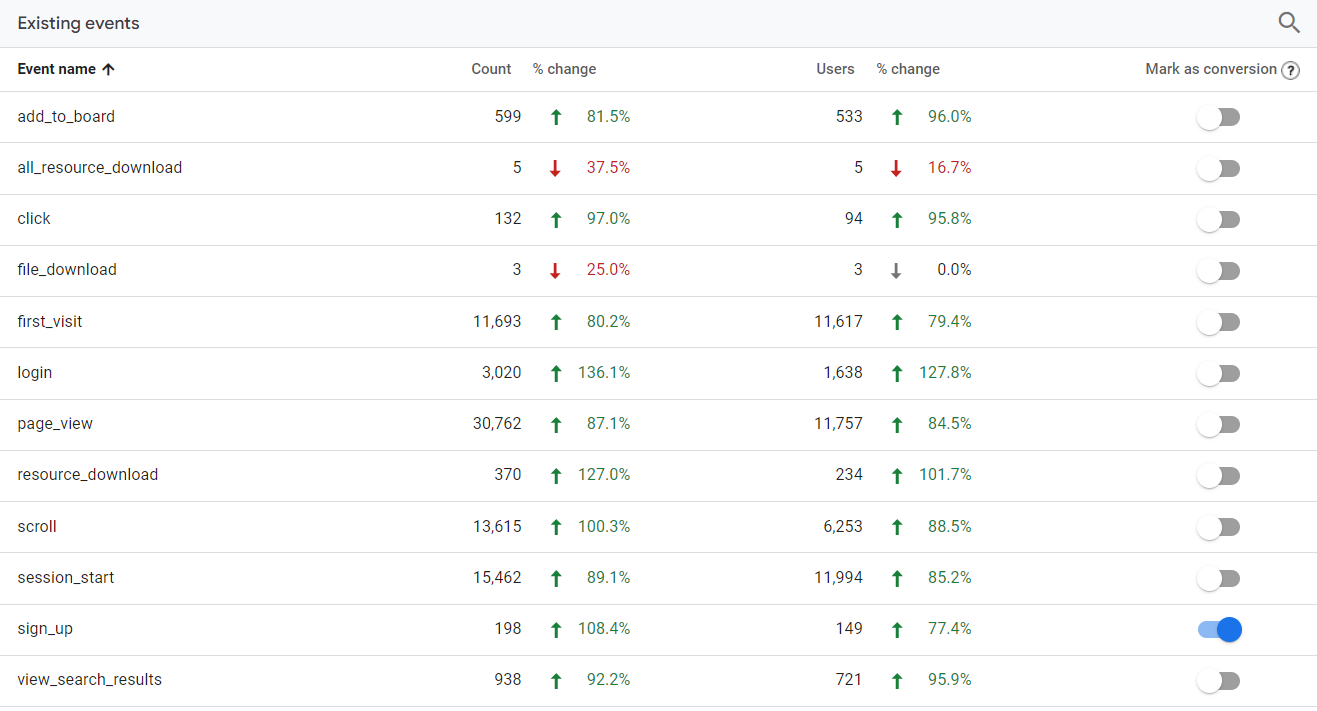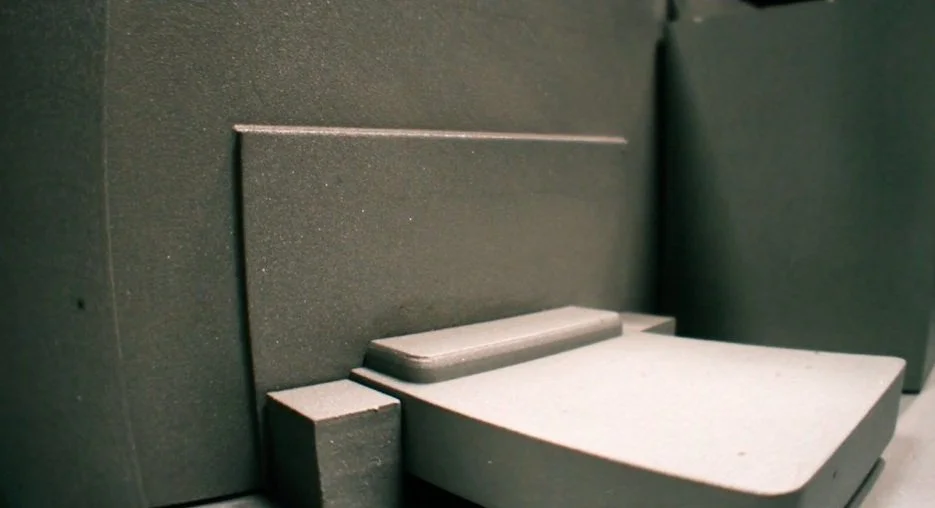Weeknotes #2
Responding to my Reflections on the AMA Conference 2022 post last week, Matt from the AMA sent me an email to say they’re planning to build an online platform to break down silos across arts marketers. 🙌 This is fantastic news and I can’t wait to see the outcome.
This led to think about the many other existing networks out there, and how the Digital Culture Network can help signpost to them. For example, if your role involves data:
Culture Data & Research Network (CDRN)
The Culture Data & Research Network (CDRN) is a network of researchers and data practitioners working within public-facing arts and cultural institutions and heritage organisations across the UK.
CDRN operates independently of any research or data agency, database provider or funding body and is operated by a voluntary steering group (Rishi Coupland, Kate Fitzgerald and Dr Susan Oman) who share a passion for data.
With over 100 members from the arts, cultural and heritage sector, it is a great space to meet and connect with others working with data, as well as share knowledge and experience.
(I’m not a member as I technically work for Art Council England).
There are so many other existing networks out there, around technology, art form or region that need surfacing and sharing.
Conversations this week
On Tuesday I spoke to Izzy Bartley at Leeds Museums and Galleries about Google Analytics 4 (GA4) and Data Studio. Izzy runs MyLearning which is a fantastic resource for educators - it’s full of content from arts, cultural and heritage organisations.
There’s even content from my favorite sculptor, Barbara Hepworth.
“I’m sick of sculptures in galleries and photos with flat backgrounds... no sculpture really lives until it goes back to the landscape, the trees, air and clouds.”
I doubt Hepworth would be bothered in the slightest, but I’m helping Izzy with an interesting implementation of GA4 Events for the website. There are a few different actions to track for the different types of content, such as Add to Board and Download Resources. We’re using the data already available on the page to lift out and pass as additional parameters against each Event.
Custom interaction Events in Google Analytics 4 for MyLearning
Izzy contacted the Digital Culture Network at the beginning of the year about whether we could run a webinar on alternatives to Universal Analytics, so we did. You can watch the webinar recording here: Google analytics will stop working next year – here are your options.
A cluster of 17 cases © Blast Theory
On Wednesday I had a meeting with the fabulous Jonny Goode from Blast Theory. Jonny has been working on some fantastic Data Studio reports with all sorts of data feeding in. We have regular catch ups and it’s great to see the progress he has made bringing all the data together to tell a story for the organisation. Jonny is aiming to transition all reporting from Universal Analytics to GA4, so i’m helping to review the data quality and configuration for the different Blast Theory sites.
1958 Bar at Belgrade Theatre © Nicola Young
At the AMA Conference Charles Bloch from Belgrade Theatre came over for a chat, so we followed that up this week to talk about data collection and reporting on marketing campaigns. Charles looks after the reporting and insights for the organisation and is looking at ways to bring everything together, automate manual tasks and share progress to different staff members. With that in mind we talked through Google Data Studio and how it could work as a solution.
If you want to get non-Google data (Google Ads, YouTube, Google Analytics etc) into Google Data Studio, most of the time you’ll need to use a connector to bring the data across. The biggest provider of connectors has been Supermetics and connectors start from €39 per month. This can get quite costly when you’re adding in multiple sources.
There are however, some free ones which have been released by Gladior through their Data Hub. You can pull in data to Data Studio from any of the following sources for free: Mailchimp, Facebook Insights, Facebook Ads, Instagram, and LinkedIn.
Ongoing learning
There are certain things you can’t do in Google Analytics 4 (GA4) reporting-wise, and data retention is limited a maximum 14 months. I’m continuing my training on BigQuery, Google’s cloud data warehouse, as GA4 has a free connector to bring the data across. This gives users far more control over the analytics data they collect and how they might report on it.
It’s definitely advanced-level stuff for cultural organisations to consider, but I see this as a great opportunity to build in-house analysis and insights skills. BigQuery is based on Structured Query Language (SQL) which powers a lot of platforms we all use everyday. If you can understand and work with SQL it will open up a lot of career options in many different fields (but please stay in Arts and Culture 🙏).
If you are interested in learning more about SQL and data analysis, take a look at these:
Intro to SQL: Querying and managing data (Khan Academy, free)
Google Data Analytics Certificate (Google, free) - Approximately 6 months to complete at a pace of 10 hours/week
The course i’m enrolled in is Unlock advanced insights with Google BigQuery and Google Analytics 4 from Johan van de Werken and Simo Ahava. (It’s being paid for as part of my professional development). As always, I’ll be taking any useful learning and repackaging it into content relevant for Arts and Culture.
See you next week, I’m off to sit in a paddling pool with an ice cream ☀🍦😎.


